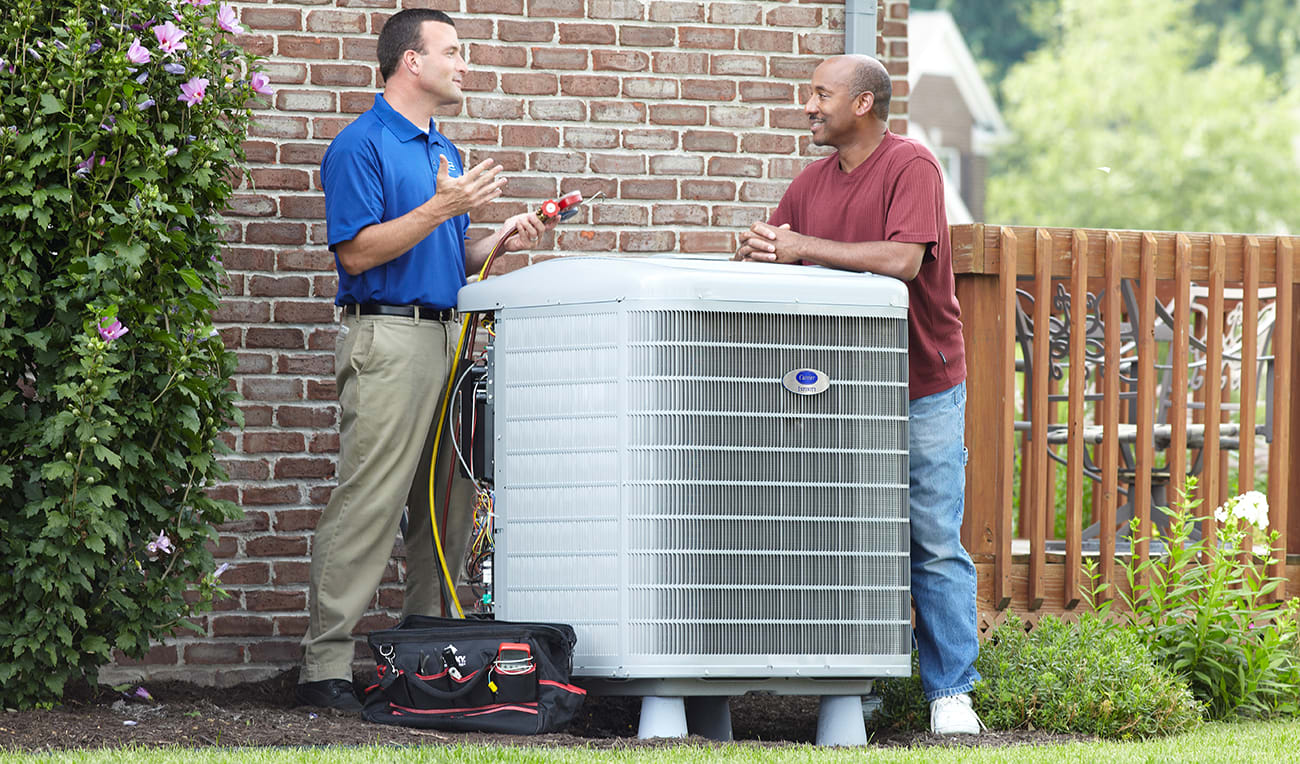From HSPF To HSPF2: Understanding Heat Pump Ratings
When it comes to heat pumps , understanding the HSPF2 rating is crucial. HSPF2 stands for Heating Seasonal Performance Factor 2, a metric that measures the efficiency of a heat pump's heating mode. The higher the HSPF2 rating, the more efficient the heat pump is in converting electricity into heat. But what exactly does this mean for homeowners?
A higher HSPF2 rating can lead to energy savings. Heat pumps with higher ratings can provide the same amount of heat while using less electricity, which may result in lower energy bills. This makes them not only environmentally friendly but also more cost-effective in the long run.
What is HSPF2?
The term HSPF2 stands for Heating Seasonal Performance Factor 2. It is an advanced metric used to measure the efficiency of heat pumps in residential heating applications. HSPF2 is an updated version of the original HSPF rating, which has been widely used in the HVAC industry for many years.
HSPF2 is calculated by dividing the total heating output of a heat pump during the heating season by the total amount of electricity consumed. This calculation takes into account both the heating capacity and the energy consumption of the heat pump.
The importance of HSPF2 lies in its ability to provide homeowners with a clearer understanding of how efficiently a heat pump can convert electrical energy into heat. A higher HSPF2 rating indicates a more efficient heat pump.

How Much Can a Higher HSPF2 Save You?
When it comes to heating your home, finding an energy-efficient solution is essential for both your wallet and the environment. That's where a higher HSPF2 (Heating Seasonal Performance Factor 2) comes into play. Investing in a heat pump with a higher HSPF2 can lead to energy and cost savings.
The HSPF2 rating measures the efficiency of a heat pump during the heating season. The higher the HSPF2, the more energy-efficient the heat pump is, which may result in lower heating expenses.
Aside from immediate energy cost savings, investing in a higher HSPF2 heat pump offers long-term benefits. These benefits include a reduced carbon footprint and improved comfort. A higher HSPF2 heat pump may save you money but also contributes to a greener future by reducing greenhouse gas emissions.
Additional Heat Pump Efficiency Factors
Several additional factors can influence heat pump efficiency in addition to HSPF2. Understanding these factors can help you make informed decisions to maximize the performance of your heat pump and ensure energy savings.
Insulation and weatherization play a crucial role in the overall efficiency of your heat pump. Adequate insulation helps in maintaining a consistent temperature inside your home, reducing the workload on the heat pump. Proper weatherization, such as sealing air leaks and insulating doors and windows, prevents heat loss and improves energy efficiency.
Proper sizing and installation are also key considerations for optimizing your heat pump's efficiency. A heat pump that is too large or too small for your space can result in reduced efficiency and performance. It is essential to consult with an HVAC professional to determine the appropriate size and ensure proper installation.
Maintenance is another critical factor in maximizing the efficiency of your heat pump. Regular heat pump maintenance from your local Carrier dealer can significantly impact the performance and energy efficiency of your heat pump.
HSPF2 vs. SEER2
When evaluating HVAC systems, HSPF2 (Heating Seasonal Performance Factor 2) and SEER2 (Seasonal Energy Efficiency Ratio 2) are key efficiency metrics. HSPF2 measures a heat pump’s heating efficiency, while SEER2 measures its cooling efficiency. Both ratings have been updated from SEER and HSPF to SEER2 and HSPF2 standards to reflect real-world conditions more accurately, factoring in external static pressure and improved testing methods.
HSPF2 is crucial for homeowners in colder climates since it indicates how efficiently a heat pump provides heat over a season. A higher HSPF2 rating means better energy savings in heating mode. On the other hand, SEER2 is important for warmer climates, as it determines how efficiently the system cools a home during hot months.

Frequently Asked Questions About HSPF AND HSPF2 Ratings
Converting HSPF (Heating Seasonal Performance Factor) to HSPF2 (Heating Seasonal Performance Factor 2) is not straightforward due to differences in testing procedures and conditions used to determine each rating. HSPF2 standards account for updated testing methodologies and more realistic operational conditions, which typically result in slightly lower efficiency ratings compared to the original HSPF values.
To get an approximate conversion, you generally consider that HSPF2 values will be about 10-15% lower than the HSPF ratings for the same heat pump model. However, for precise conversion, refer to the manufacturer's specifications or consult an HVAC professional who can provide detailed insights based on specific models.
Carrier heat pumps
Carrier offers a range of heat pumps designed to maximize HSPF2 efficiency. Our high efficiency heat pumps utilize advanced technologies to optimize heating performance while minimizing energy consumption. By choosing a Carrier heat pump with a high HSPF2 rating, homeowners can enjoy efficient and comfortable heating throughout the winter months.

